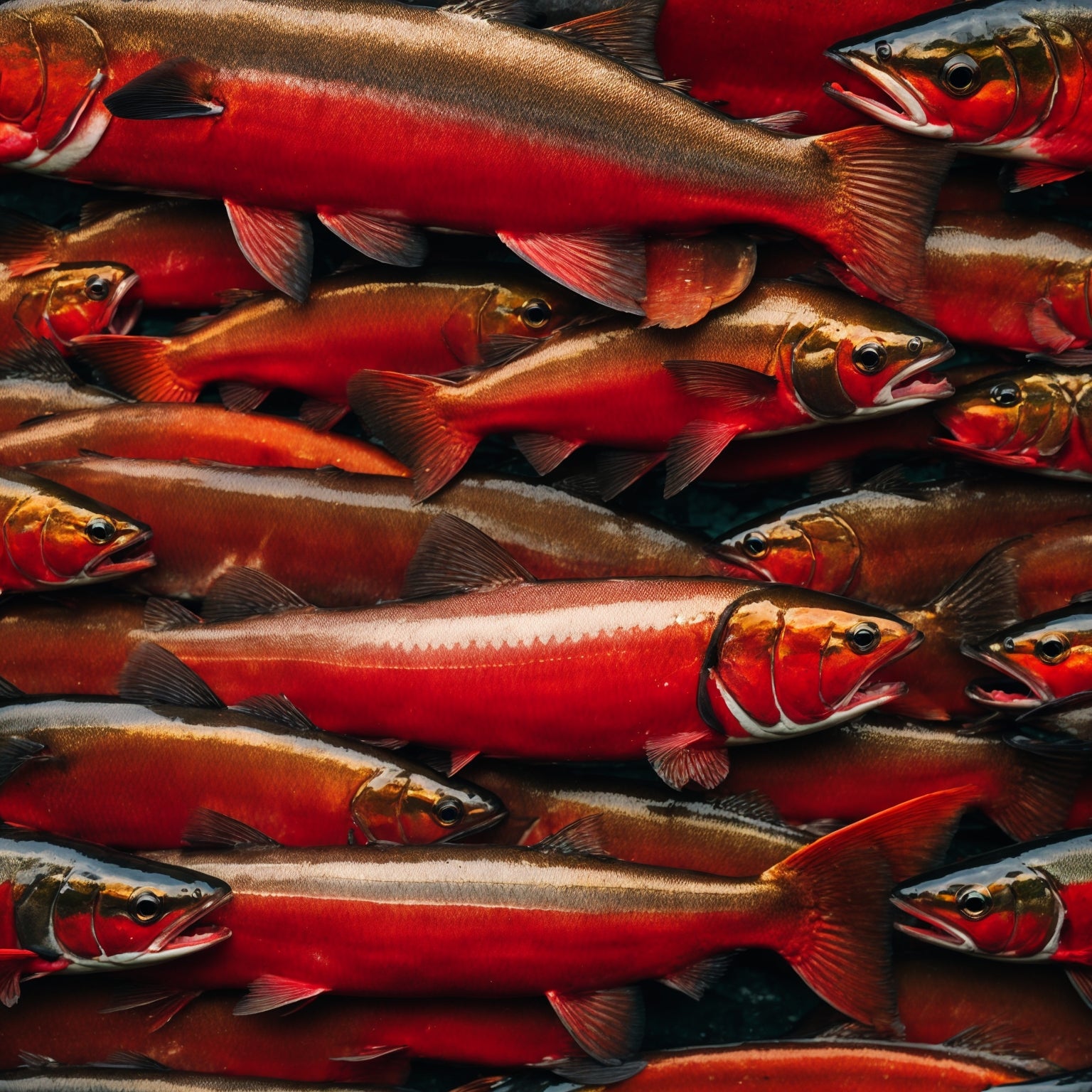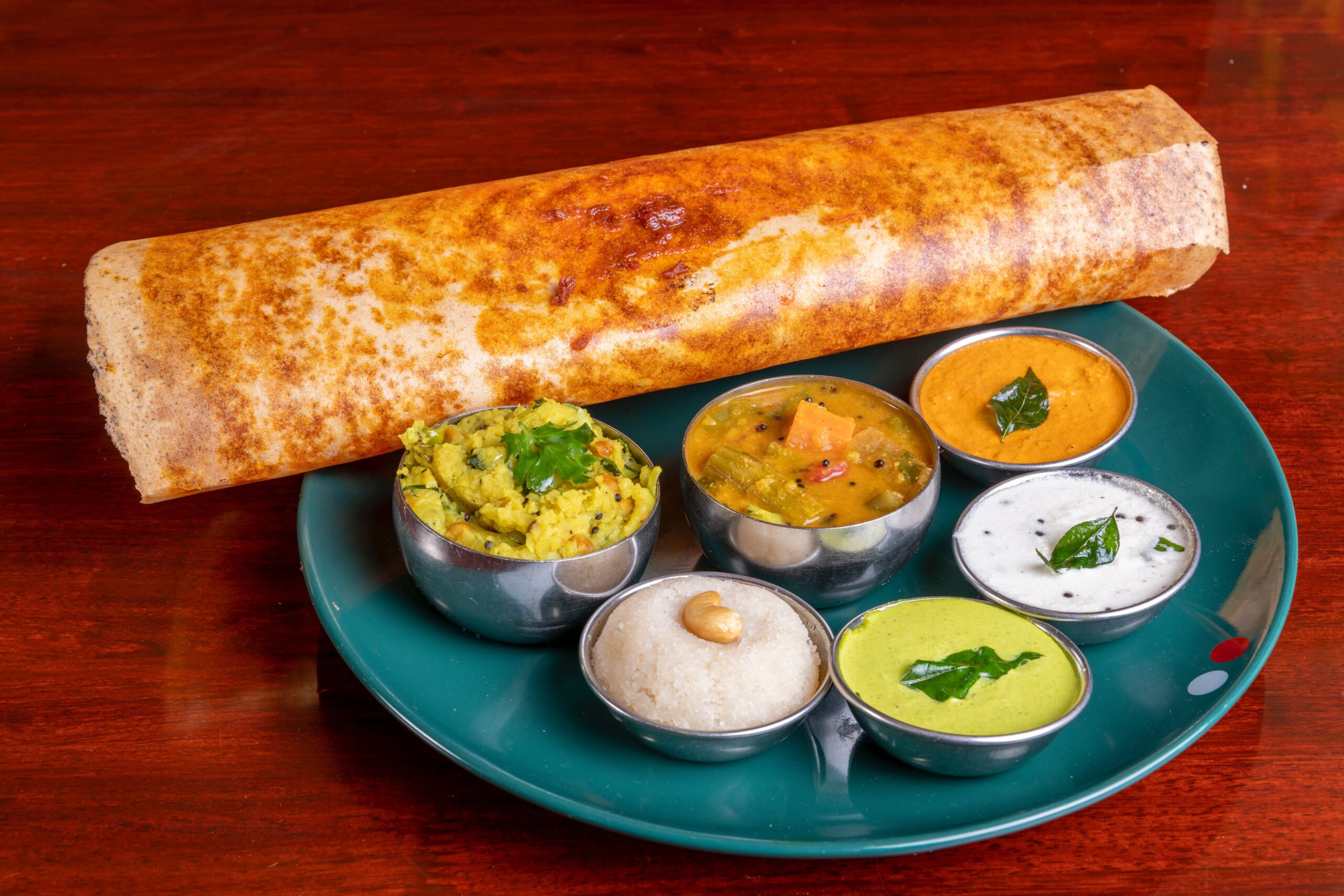As a devoted bird enthusiast, you constantly strive to provide the best nutrition for your feathered companions. However, finding a treat that meets their specific dietary needs and tantalizes their taste buds can be a daunting task.

Crafting Culinary Delight: A Guide to Packing the Perfect Lunchbox – Source sinchies.com.au
Introducing Bird’s Culinary Delight: Safflowers, the perfect avian treat that addresses all your concerns. Safflowers are a rich source of essential nutrients, including fat, protein, and antioxidants, making them a nutritious and irresistible treat for your beloved birds.

Alaskan Sockeye Salmon: Nutritional Benefits and Culinary Excellence – Source globalseafoods.com
Whether you have finches, sparrows, chickadees, or other seed-eating birds, Safflowers will become their favorite delicacy. Their high oil content attracts and delights birds, providing them with the energy they need to thrive. Additionally, Safflowers are small and easy to digest, making them suitable for birds of all sizes.

Dining | Glyfada Riviera Hotel – Source www.glyfadarivierahotel.com
In my own bird-watching adventures, I have witnessed the transformative effects of Bird’s Culinary Delight: Safflowers. I have observed flocks of vibrant songbirds, their feathers glistening in the sunlight, as they gather around feeders filled with this delectable treat. Their energetic chirping and active behavior attest to the positive impact that Safflowers have on their well-being.
Moreover, Safflowers have proven to be a cost-effective and convenient addition to my bird feeding regimen. Their versatility allows me to offer them in various feeders and locations, ensuring that every bird has access to this nutritious treat.

Amazon.com : Mahamosa Flavored Black and Green Tea Blend and Tea Filter – Source www.amazon.com
Safflowers have a rich historical and mythological significance. They originate from the Middle East, where they were revered as a sacred plant associated with the sun god. The vibrant color of Safflowers was believed to represent vitality and good fortune. Throughout the centuries, Safflowers found their way into culinary and medicinal practices, adding both flavor and healing properties to various dishes and remedies.
Beyond their nutritional value, Bird’s Culinary Delight: Safflowers holds a secret that makes them irresistible to birds. Safflowers contain a compound called carthamin, which imparts a distinctive bitter taste that is particularly appealing to birds. This unique flavor profile sets Safflowers apart from other bird treats, ensuring that they remain a favorite among avian enthusiasts.
Safflowers also boast a high concentration of linoleic acid, an essential fatty acid that plays a crucial role in bird health. Linoleic acid supports feather growth, brain development, and immune function, making Bird’s Culinary Delight: Safflowers an invaluable addition to your bird’s diet.

Masala Dosa – Culinary Delights & Beyond – Source culinarydelightsandbeyond.com
I highly recommend Bird’s Culinary Delight: Safflowers as the perfect avian treat for your feathered friends. Their nutritional value, irresistible taste, and cost-effectiveness make them an exceptional choice for bird enthusiasts of all levels. Whether you are a seasoned birdwatcher or a casual observer, Safflowers will undoubtedly enhance the well-being and delight of your feathered companions.
To ensure that your birds fully enjoy the benefits of Bird’s Culinary Delight: Safflowers, follow these tips:
• Offer Safflowers in a variety of feeders, including hopper feeders, tube feeders, and platform feeders.
• Place feeders in areas with good visibility and protection from predators.
• Keep feeders clean and filled regularly to attract and sustain a diverse population of birds.
• Store Safflowers in a cool, dry place to preserve their freshness and nutritional value.

Culinary Craftsmanship Clipart PNG, Vector, PSD, and Clipart With – Source pngtree.com
Bird’s Culinary Delight: Safflowers are suitable for a wide range of seed-eating bird species. Some of the most common birds that enjoy Safflowers include:
• Finches
• Sparrows
• Chickadees
• Cardinals
• Goldfinches
• Safflowers are native to the Mediterranean region and were first introduced to the United States in the early 19th century.
• Safflowers are an excellent source of vitamin E, a powerful antioxidant that protects cells from damage.
• Safflowers have been used in traditional medicine for centuries to treat conditions such as inflammation and pain.
Growing your own Bird’s Culinary Delight: Safflowers is a rewarding experience that provides a fresh and nutritious treat for your birds. Here’s how to get started:
• Choose a sunny location with well-drained soil.
• Plant Safflower seeds in the spring, about 12 inches apart.
• Water the seeds regularly, especially during the first few weeks after planting.
• Fertilize the plants every few weeks with a balanced fertilizer.
• The Safflower plants will bloom in the summer, and the seeds will be ready to harvest in the fall.
A White Winter Wedding: The perfect time to celebrate love — Safflowers – Source www.safflowersweddings.com
Although Bird’s Culinary Delight: Safflowers are generally well-liked by birds, there may be instances where your feathered friends show disinterest. Here are some reasons why:
• Your birds may not be accustomed to the taste of Safflowers. Try offering them Safflowers in different feeders and locations to increase their exposure.
• The Safflowers may be old or rancid. Always purchase Safflowers from a reputable source and ensure that they are fresh.
• Your birds may have other dietary preferences. Consider offering a variety of bird treats to cater to their individual tastes.
Here is a concise listicle summarizing the benefits of Bird’s Culinary Delight: Safflowers:
• Rich in essential nutrients, including fat, protein, and antioxidants
• Attracts and delights birds with its high oil content
• Small and easy to digest, suitable for birds of all sizes
• Cost-effective and convenient to use
• Supports feather growth, brain development, and immune function
• Contains carthamin, a compound that imparts a distinctive bitter taste appealing to birds
In conclusion, Bird’s Culinary Delight: Safflowers are an exceptional choice for bird enthusiasts seeking a nutritious and delectable treat for their feathered companions. Their high nutritional value, irresistible taste, and versatility make them a favorite among birds of all species. Whether you are a seasoned birdwatcher or a casual observer, Bird’s Culinary Delight: Safflowers will undoubtedly enhance the well-being and delight of your avian friends.
